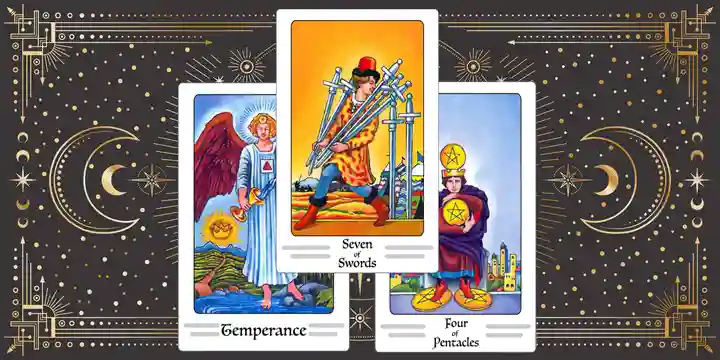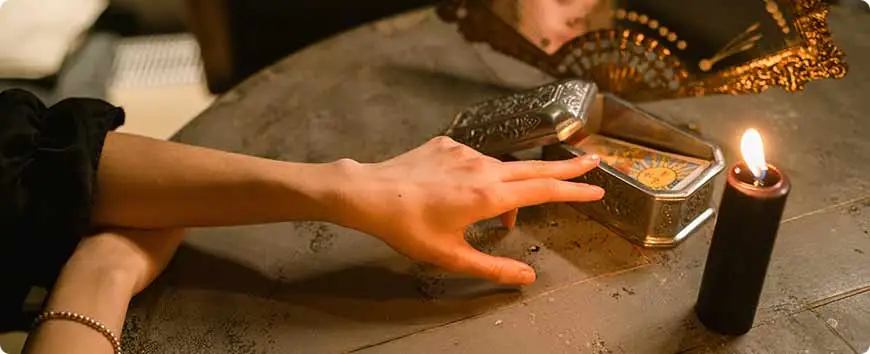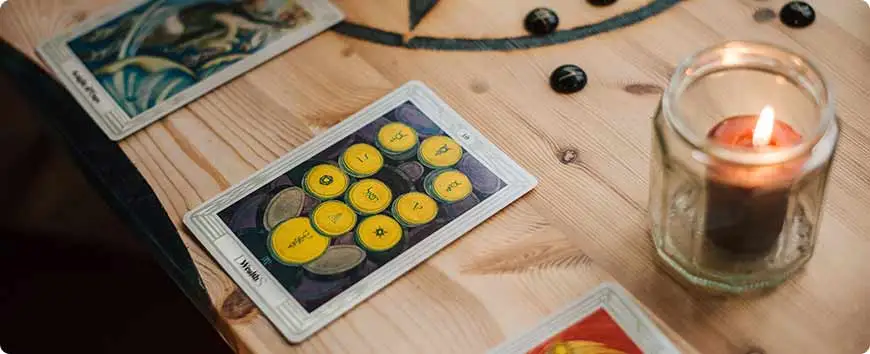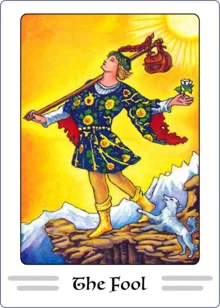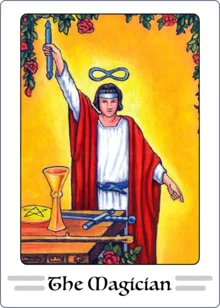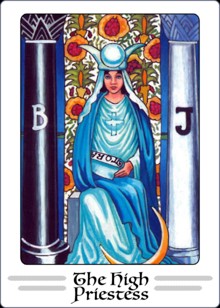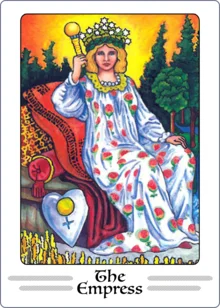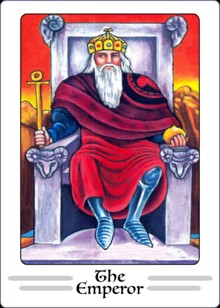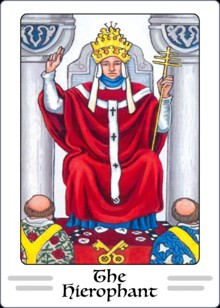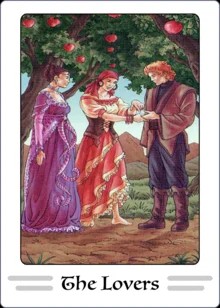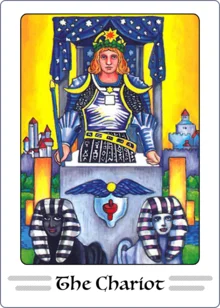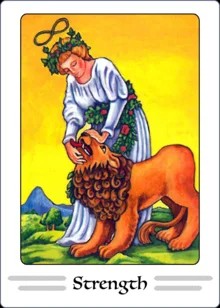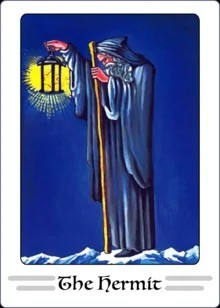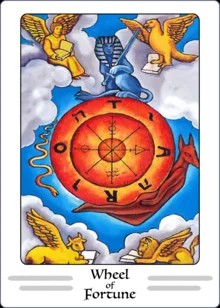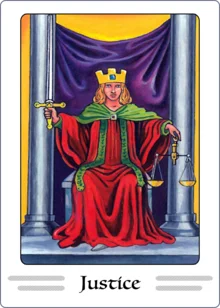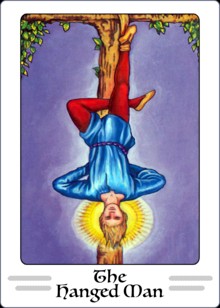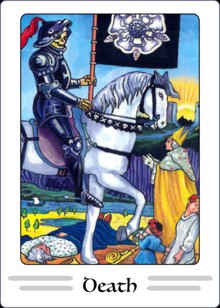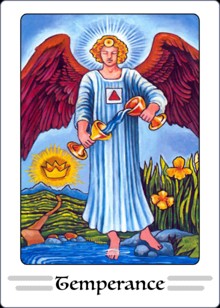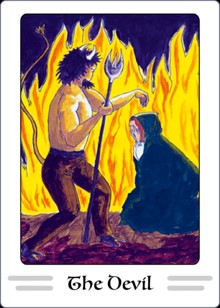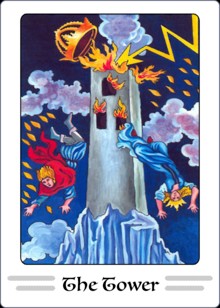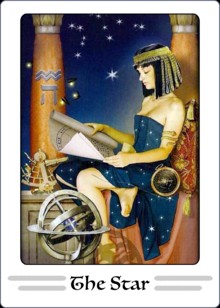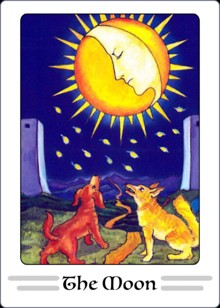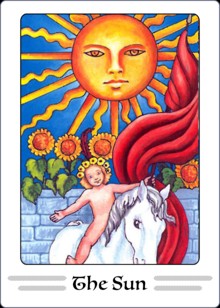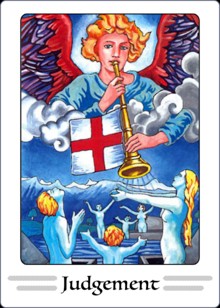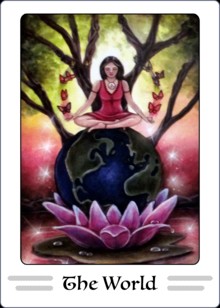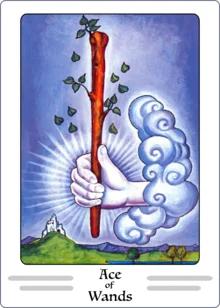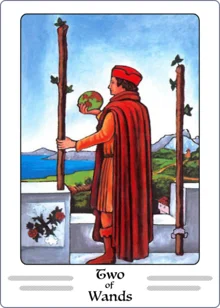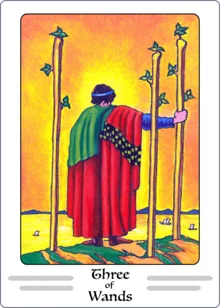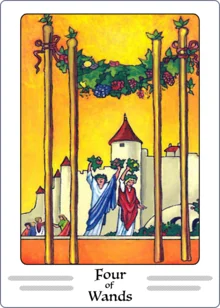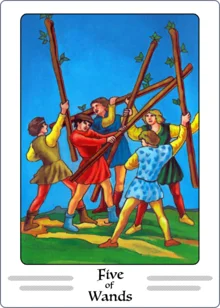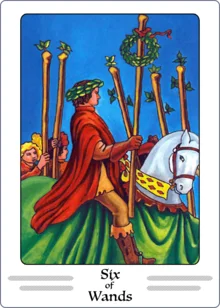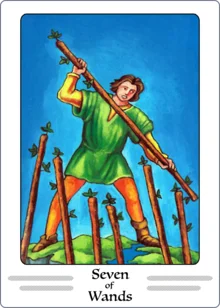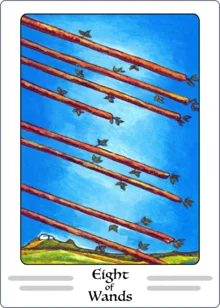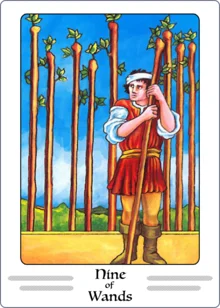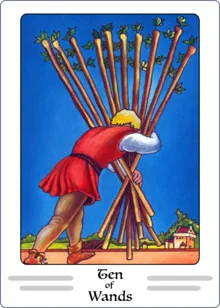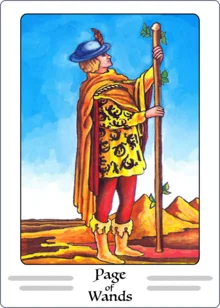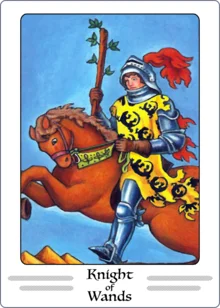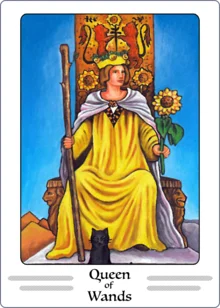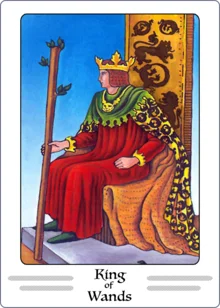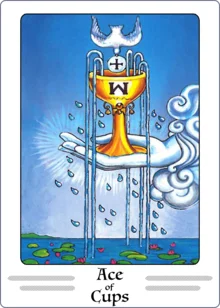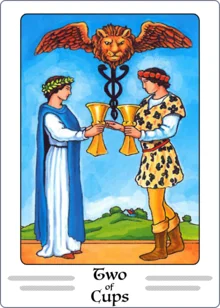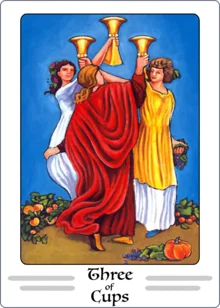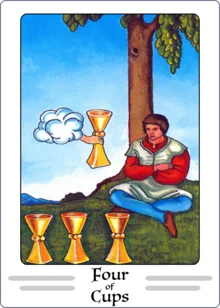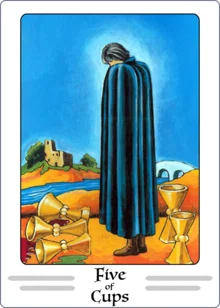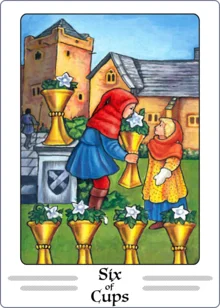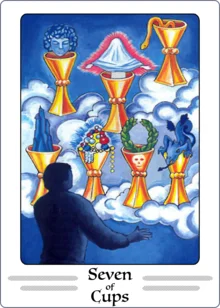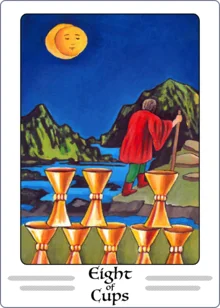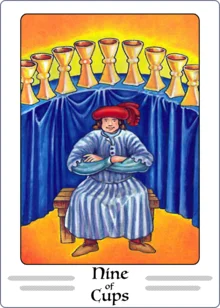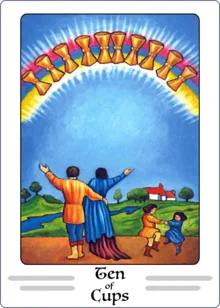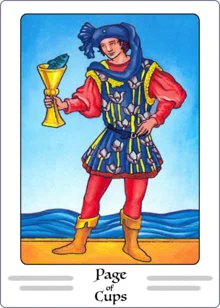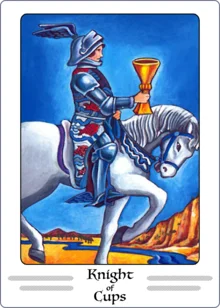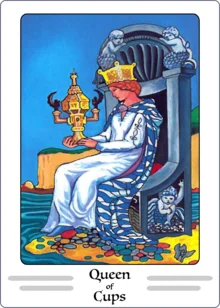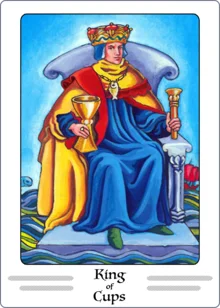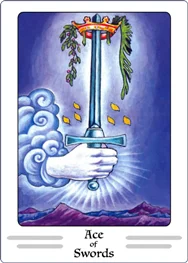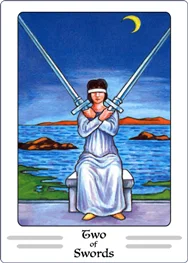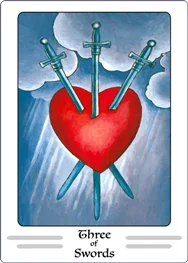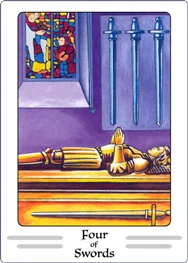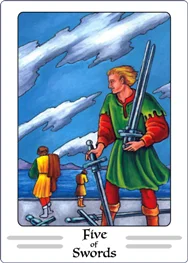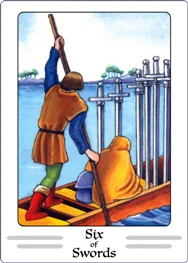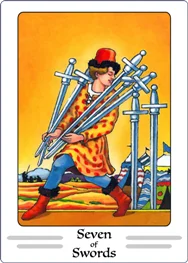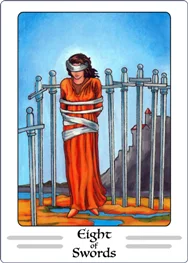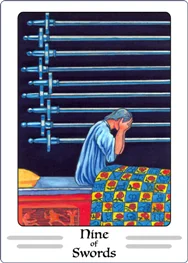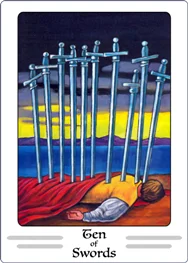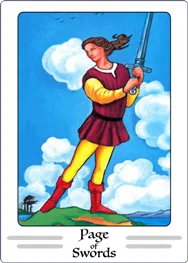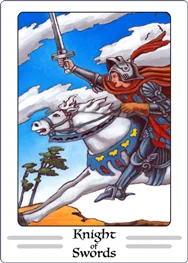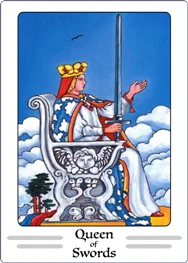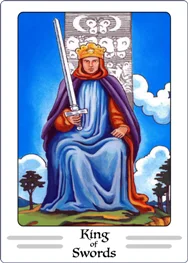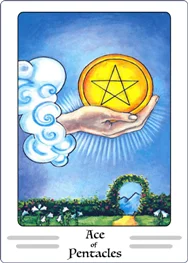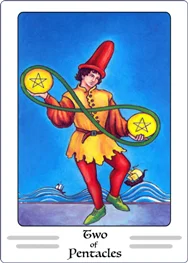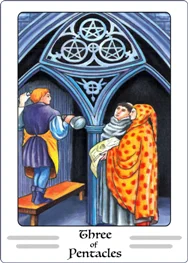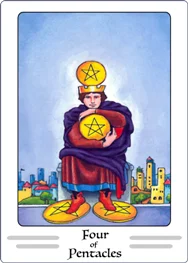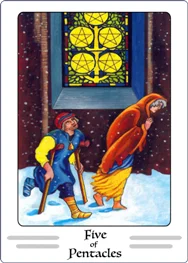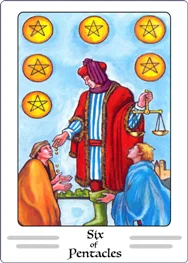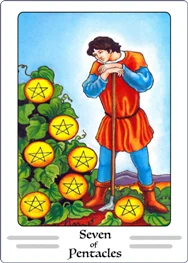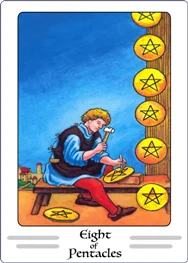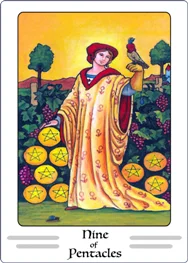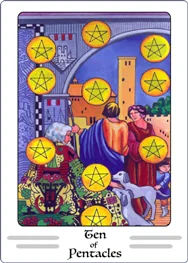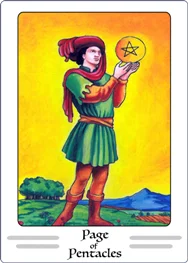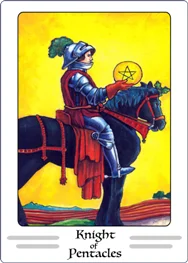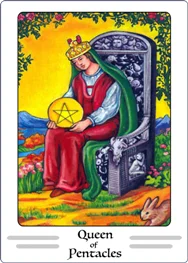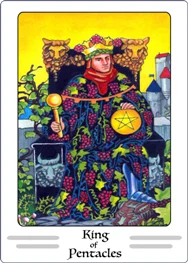Tarot Cards
Tarot Card Reading: Unveil The Purpose of Your Life
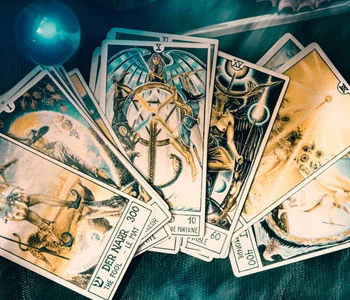
Tarot card reading is an age-old practice that offers wisdom to people during times of uncertainty and hopelessness. These cards generally work on mystical energy and represent your life journey. It acts as a reflection of your soul and helps you to get into the depth of spirituality and wisdom.
Tarot cards work as enlightenment and guide us in choosing the right path. It has been needed for centuries. The history of Tarot cards goes back a long way to the 18th century. It was a time of magical, psychological and mystical practices. It is a complicated process as it includes a unique and deep combination of analytical practices. The set of 78 cards in a deck of Tarot includes two different sets involving minor arcana and major arcana.
The Tarot card requires a lot of abilities. Professionals who read these cards fathom the life journey, both spiritually and practically and understand the consciousness. The unique imagery in these cards depicts the innermost secrets of your soul.
The Major Arcana are the cards that represent the karmic and spiritual lessons. It depicts several stages that someone encounters to get better enlightenment in their life and find a path to self-awareness. Additionally, these readings also help a person to understand themselves from the depth of their soul.
The other set of card that is the Minor Arcana cards, is a depiction of trials and tribulation. These show what a person shall experience on a regular basis. It illustrates the logical aspect of your life, which can resolve your ongoing issues as well. These cards also have a major impact, but they were strongly expressed.
Tarot card readings have been for a long time. These cards are known to have the power and ability to answer general queries about different aspects of your life. Whether it is your past, present or future, Tarot card reading becomes an ideal way to fathom the purpose and understand yourself deeply from your soul.
Different Ways Of Tarot Calculations:
Tarot card readings require having certain knowledge. It is an ancient deck of cards used to get the answers to different aspects of your life. Tarot reading is known to be a great way to know more about yourself, your relationships, your love life, your health, your career, and a lot more. It is a way to get the answer to uncertain aspects of your life.
Here are the different ways of making Tarot calculations.
Three tarot card reading is again another procedure of making calculations. It is considered a powerful way of finding a comprehensive knowledge of the past, present and future. It will enlighten you about a certain question or situation. The process of three-card reading involves choosing three different cards from the deck.
Love Tarot reading is most commonly chosen by people who want to get detailed explanations and finding more about love matters. It involves choosing a card from the tarot deck, which is focused specifically on relationships and love. The interpretation is made upon the chosen card, which will provide you insight into your love relationship and the way to improve it.
Three tarot card reading is again another procedure of making calculations. It is considered a powerful way of finding a comprehensive knowledge of the past, present and future. It will enlighten you about a certain question or situation. The process of three-card reading involves choosing three different cards from the deck.
The yes or no reading on a Tarot card is often chosen to get a quick insight into a certain situation or question that you might have. The reading would generally include finding a card from the deck that would depict the meaning as a response to your question. These readings might not include comprehensive inside.
Three tarot card reading is again another procedure of making calculations. It is considered a powerful way of finding a comprehensive knowledge of the past, present and future. It will enlighten you about a certain question or situation. The process of three-card reading involves choosing three different cards from the deck.
Three tarot card reading is again another procedure of making calculations. It is considered a powerful way of finding a comprehensive knowledge of the past, present and future. It will enlighten you about a certain question or situation. The process of three-card reading involves choosing three different cards from the deck.
How is the depiction made using Tarot Cards?
While reading the tarot card, the two decks of cards, minor and major Arcana, are set together to create a pictorial image. It is important to understand that the solution one requires is within these two decks of cards. These cards strongly give insight into the situation, individual and their outcome. There are no puzzles, but it requires one to fathom the meaning of these cards and how it is associated with the person.
Prior to doing the readings, the deck of cards is thoroughly shuffled. A target reader needs to focus and meditate to understand the physicality of the cards. It helps them to visualize and get clarity. Even when every card in the deck has its classic association, the prime source of prediction is intuition. The reaction towards a card helps to give better knowledge and narrative in certain circumstances.
The Major Arcana Cards :
The Major Arcana cards are a deck of 22 cards that represent and give a message of soul enlightenment. It is said to be the message provided by the universe. These cards are mostly associated with karmic influences and life lessons in the journey of the soul to unveil the purpose of your life. When a reader draws an Arcana card, it reflects the current situation and the lesson of life. It helps you to understand through the help of a psychic reader about the purpose of your life.
Additionally, these cards, starting with the Fool and moving to the World, show the different experiences of the life journey in terms of career, health, love, and spirituality. Therefore, it is important to fathom the unique representation of each card in Major Arcana to understand the different events in your spiritual and personal life.
The Minor Arcana Cards :
Another set is the Minor Arcana cards are more focused on your regular happening. There are 56 cards that enlighten you regarding the current situation and how it has an effect on the love life, spiritual and financial life. These 56 cards are generally categorized into four different suits of cards where every deck of cards has a certain purpose.
It helps one to get a comprehensive insight into themselves. Every suit of card is important to understand the present driving energy of life and how to use it in a positive manner. So following are the suit of cards, and let us take a look into the inner meaning of these cards.
Suit of Wands :
The Suit of Wands is known to be energetic, hot, unpredictable and the fire element. It is governed by unpredictables. It generally represents energy, enthusiasm, sexuality and passion. It represents masculine willpower and energy drive, as fire is known to be the masculine element. The free Angel card in the suit of wands is a representation of the creative potential. It also means transformation and development.
However, it is crucial to understand that all the elements involve positive and negative aspects. The same goes for the fire element. The positive side is enthusiasm, action and ambition, whereas its negative side is recklessness, rashness and impulsiveness.
Suit of Cups :
The Suit of Cups is a representation of a formative, powerful, agile water element. It generally deals with emotional relationships or connections, feelings and consciousness. It is more of the feminine energy that reflects the subtle power of a woman like flowing, adaptable, purifying and receptive. It reflects that a person might be thinking emotionally rather than being more rational. Therefore, it requires the person to check the reaction and responses in different situations.
Similar to another suit of cards, it also has positive and negative aspects. The positive aspect of this card on health, spirituality, finance, relationship and career depicts healing, connection and creativity. However, its negative side shows an extreme attachment, emotionally with something or someone and over-sensitivity towards others.
Suit of Swords :
The Suit of Swords is the air element that represents the intellectual power of an individual. It also depicts the powerful and unseen energy. Additionally, as this is masculine energy, it is related to power, thoughts, beliefs, attitude, knowledge, change and action. The deck of cards generally represents that a person is going through a certain situation or challenging circumstances or they are going to face something in the near future. It can be a legal battle, heartbreak, struggling with truth, and a lot more.
The positive side of this suit is that it always provides clear communication, strong conviction, and standing with the right. Its negative side is aggression, lack of empathy and harshness.
Suit of Pentacles :
The suit of pentacles is the representation of earth elements that depict tactile, tangible and nurturing energy. It is more of the feminine energy power that involves growth and development, nurture and supportive features, as it is known to be a feminine element. It is an indication for you to focus on certain aspects of your life and try to balance the non-materialistic and materialistic aspects of your life.
Similar to other suits of cards, the Suit of Pentacles also comes with a combination of positives and negatives. It can have an impact on spirituality, career, health and finance. The positive thing about the suit is that it indicates material abundance, long-term stability and achieving goals, but on the negative side, it shows materialism, more focused on materialistic things and greed.
The Tarot Card Reading :
Tarot card reading helps you to get a reflection of your soul, helps you to understand the inner consciousness and enlighten the purpose of your life. Choosing a great tarot card reader can be helpful in getting the right readings which aid in decision-making, goal, manifestation, making self-improvement and living a better life. As it paves the path to inner wisdom and helps to find solutions to certain complicated issues, it can be extremely beneficial for many people.
As it needs intuitive inner power and strong meditation that requires years of practice, it is imperative to choose an expert tarot card reader. Getting in touch with us will lead you to choose excellent readers to help you get inside and wisdom into your life and soul.
Frequently Asked Questions
Copyright © 2010 - 2024 Birthastro.com. All Right Reserved.










